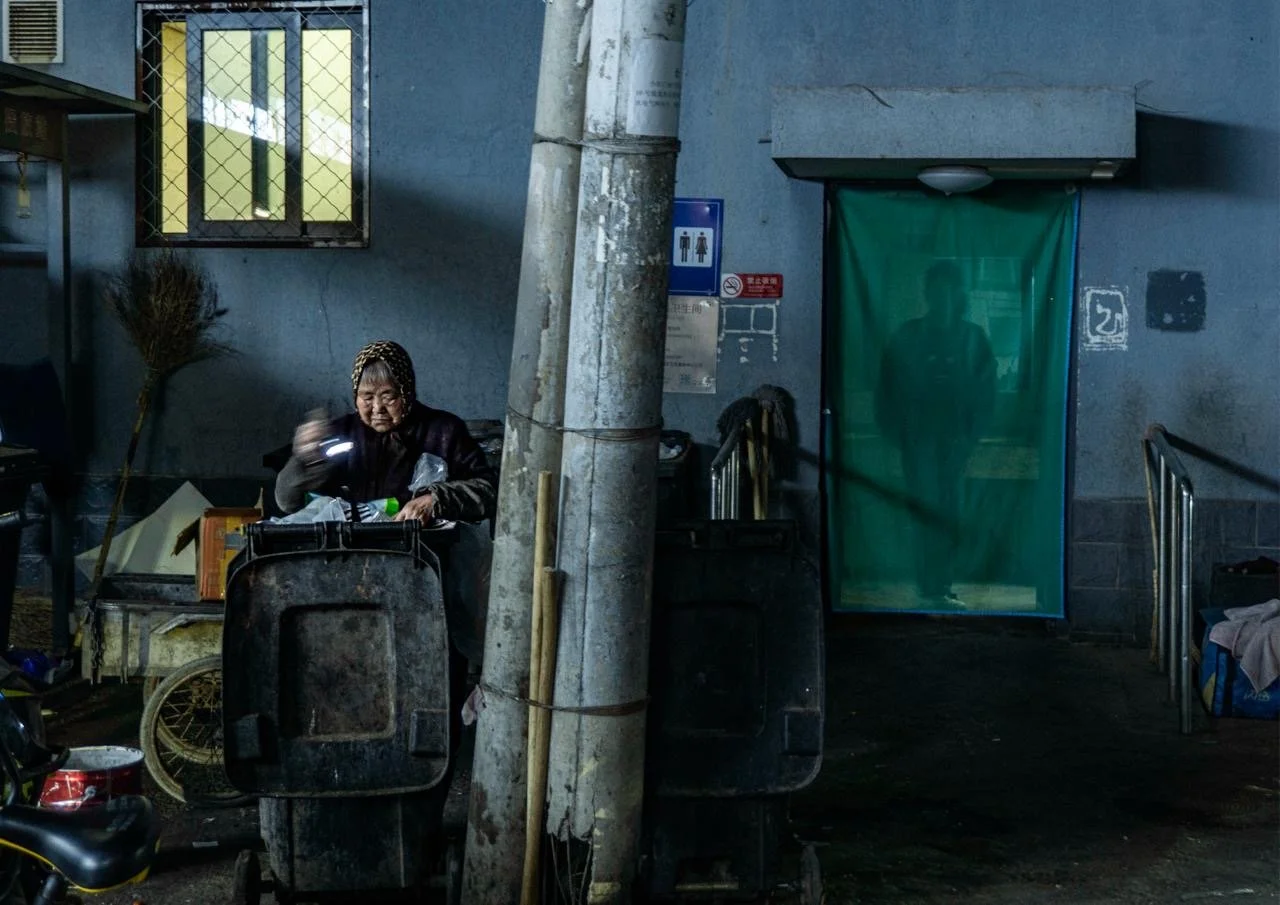History buff’s guide to Nice: what to see and discover
Image: Photo by Lottie Griffiths.
Situated on the lovely French Riviera, right on the Mediterranean Sea, Nice is one of the most popular holiday destinations in France and in Europe, welcoming over 4 million tourists each year. The city earned the moniker Nice la Belle, which translates to “Nice is Beautiful”, and rightfully so; Nice has a stunning seaside location, year-round sunny weather, and a vibrant street and nightlife.
Nice is not just a summer destination; it is also one of the most historic places in Europe. The city was once home to the pre-Neanderthal man and has had its fair share of major events throughout the ages. From mysterious cave grottos to ancient palaces and churches, Nice has an abundance of things to do for history lovers.
Must-visit historical sites in Nice
In this history buff’s guide to Nice, we’ve put together the city’s top historical sites and landmarks. For a more seamless and hassle-free experience while you tour, store your large bags, souvenir shopping, and other items at a luggage locker in Nice.
Parc de la Colline du Château (Castle Hill Park)
Undoubtedly the most popular attraction in Nice, the Parc de la Colline du Château, also known as Castle Hill Park, is a must-visit whenever in the city. The park is located on a hill overlooking the picturesque coastline and is one of the most beautiful places in the city, filled with winding paths, lush greenery, and even a waterfall. The park also offers a panoramic view of several attractions in Nice, including the Old Town and the Baie des Anges.
Aside from that, the park is also one of the most historic spots in Nice. Going up the 300 steps will lead you to the castle’s ruins dating back to the 16th century. Once considered an indestructible citadel that had withstood multiple sieges, the castle was eventually destroyed in 1706 by King Louis XIV and his soldiers.
Palais Lascaris
Image: Photo by João Gustavo Rezende.
Located within Nice’s historic Vieux Nice (Old Town), the Palais Lascaris is a 17th-century Baroque-style building that has now become one of the popular museums in the city. During the 18th century, the opulent palace belonged to the prominent Vintimille-Lascaris family and served as the residence of Peter I of Ventimiglia and his wife, Eudoxia Lascaris.
The palace was eventually bought by the city of Nice and was converted into a museum. Today, it is home to the Musée du Palais Lascaris, which houses the massive collection of rare musical instruments originally owned by local collector and violinist Antoine Gautier.
Cathedrale Sainte Réparate
Another historic building located within Nice’s Old Town, right in the heart of the square, is the Cathedrale Sainte Réparate. The site where the cathedral currently stands was once home to another church, called the Sainte-Marie du Château, which was destroyed and redesigned to accommodate the city’s growing population.
In 1650, the construction of the Cathedrale Sainte Réparate began and it is now one of the most recognizable landmarks in Nice and an incredible symbol of Baroque architecture in the city. In 1906, the church was officially recognized as a French monument historique by the government.
Grotte du Lazaret, also known as Cave of Le Lazaret, is a 35-meter long archaeological cave site dedicated to the study of prehistoric human occupation. Found in Nice’s eastern suburbs, right at the foot of Mont Boron, the cave was believed to have been occupied by pre-Neanderthals. Over the years, 20,000 various artifacts such as prehistoric humans and animal bones have been found in the area. Visitors of the site can take a guided tour to learn about the grotto’s incredible history.
Gare du Sud
Found in Nice’s Libération quarter, the Gare du Sud is a 19th-century railway station initially built to serve transportation to and from the Alps. The station features a Neoclassical-style exterior and a steel interior, inspired by Gustave Eiffel’s work on the Eiffel Tower.
Image: Photo by Ludovic Charlet.
Over a hundred years later, the station was supposed to undergo demolition after the train service moved to another location but the local community protested in order to preserve the site. Thus, a new renovation project was started to turn the Gare du Sud into a cultural gathering place, but still preserving its original looks and charm. At present, the complex hosts a library, an outdoor market, boutiques, a food court, and a multiplex movie theater.
Opéra Nice Côte d'Azur
The Opéra Nice Côte d'Azur is an example of architectural heritage in the city and serves as the headquarters of the Nice Philharmonic Orchestra and the Ballet Nice Méditerrannée. Aside from being a major cultural and performance venue, it is also one of the most historic landmarks in Nice.
First built in 1776 as a small wooden theatre, the opera house has grown over the years and has hosted some of the biggest performances in the city’s history with attendees such as Victor Emmanuel II, Napoleon III, and Duke of Bavaria Louis II.
Monument aux Morts
Located in Quai Rauba Capeau, right at the foot of Castle Hill, the Monument aux Morts (also known as the Rauba-Capeù War Memorial) is a lavish monument built to honor the over 3,000 lives of Nice soldiers who sacrificed their lives during World War I. Designed by architect Roger Pierre Honore Seassal, the monument has long been a spot for gathering and reflection for visitors and to pay their respects.
Cathédrale Orthodoxe Russe Saint-Nicolas
Founded in 1912, during the reign of Tsar Nicholas II of Russia, the Cathédrale Orthodoxe Russe Saint-Nicolas is an Eastern Orthodox church with an incredibly stunning interior filled with murals, icons, intricate woodwork, and gold ornaments. While the church is still used as a place of worship, it is also currently one of Nice’s most renowned tourist attractions.
Guided tours of the cathedral are available but guests must comply with the strict dress code; for men, shorts and bare-chested attire are not allowed while for women, the showing of shoulders, as well as shorts and skirts, are prohibited.









